This sounds a lot like the application of a "dictionary" to text following the tokenization of that text. What you have as the matrix result in your question, however, makes no use of the categories in the input data.
So here are two solutions: one, for producing the matrix you state that you want, and two, for producing a matrix that counts the input text according to the counts of the categories to which your input data maps the text.
This uses the quanteda package in R.
require(quanteda)
mymap <- dictionary(list(school = c("time", "games", "studies"),
college = c("time", "games"),
office = c("work")))
dfm("games studies time", verbose = FALSE)
## Document-feature matrix of: 1 document, 3 features.
## 1 x 3 sparse Matrix of class "dfmSparse"
## features
## docs games studies time
## text1 1 1 1
dfm("games studies time", dictionary = mymap, verbose = FALSE)
## Document-feature matrix of: 1 document, 3 features.
## 1 x 3 sparse Matrix of class "dfmSparse"
## features
## docs school college office
## text1 3 2 0

